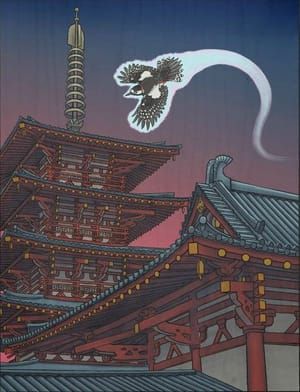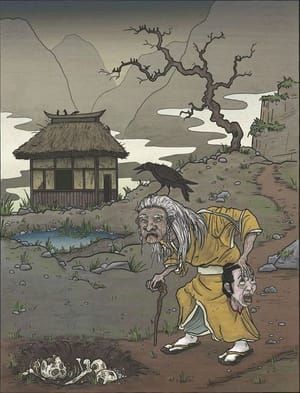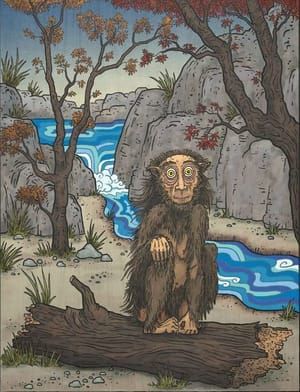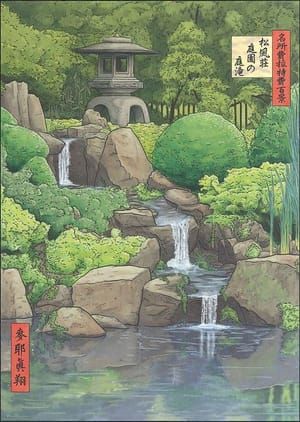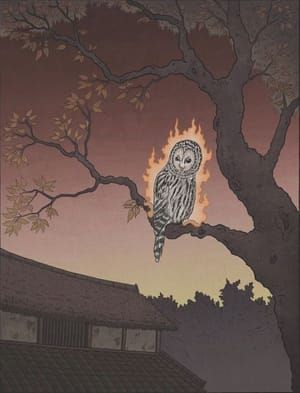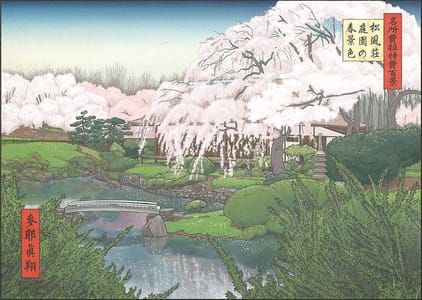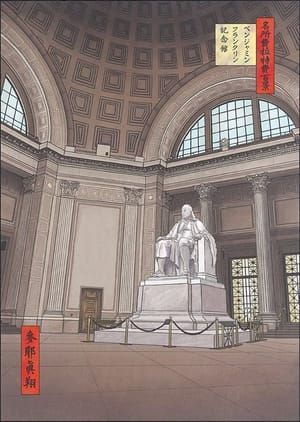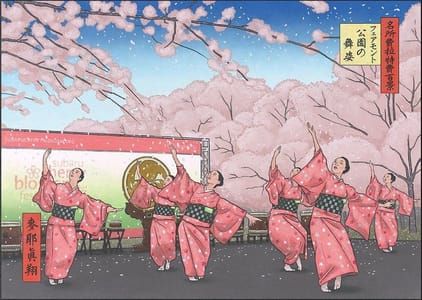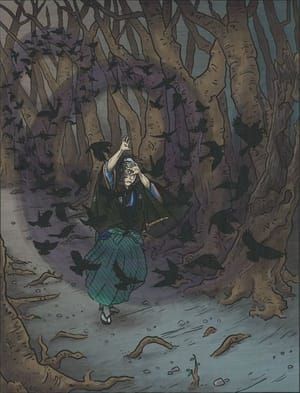

Ōzatō, 2018
Matthew Meyer
大座頭
Ōzatō are monsters which resemble zatō—blind entertainers under the patronage of the Edo Period shōgunate. They wear tattered robes and wooden sandals, and carry a cane and sometimes a musical instrument. They appear on rainy nights, loitering about brothels or wandering through red light districts.
People who stop ōzatō to ask where they are going receive the same reply: “Always to the brothel, to play my shamisen!”
Zatō were a protected class of people, sponsored by the government. Under the shogunate, certain jobs were legally restricted to certain classes. Under this system, the zatō had a monopoly over shamisen and biwa performances, massage, and debt collection. While this system was established as a sort of safety net to ensure that the blind could perform work and earn a living independently, it allowed for massive social stratification among the blind, and heavy corruption existed among the rich and powerful zatō.
Ōzatō was invented by Toriyama Sekien for his book Konjaku hyakki shūi. Sekien expressed his distaste for corrupt people—zatō among them—by turning them into yōkai. Apparently he thought that the old zatō hanging around outside of brothels every night were ghastly and sinful, and reminded him of yōkai. Although Sekien doesn’t specifically explain what he had in mind when he created this yōkai, it’s easy to imagine that he was criticizing corrupt debt collectors gathering other people’s money and spending them on carnal pleasures. And to someone who owed money, seeing a zatō might be just as frightening as seen an actual monster!
Matthew Meyer
artistArthur
Wait what?

